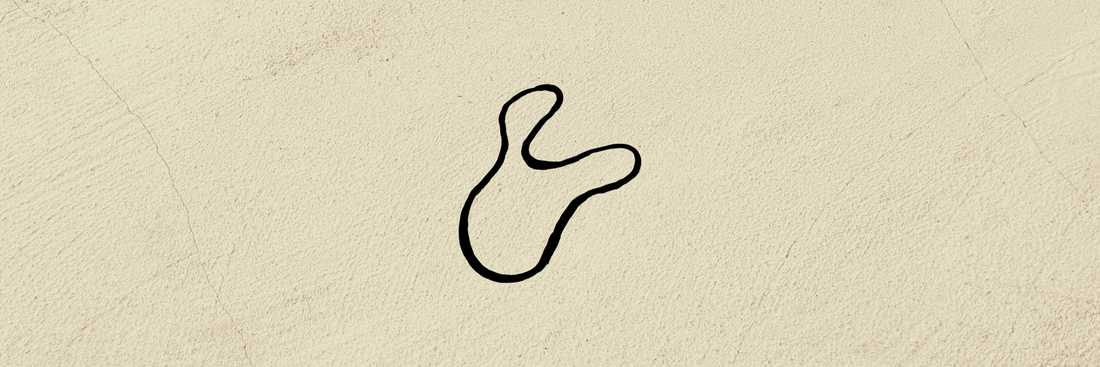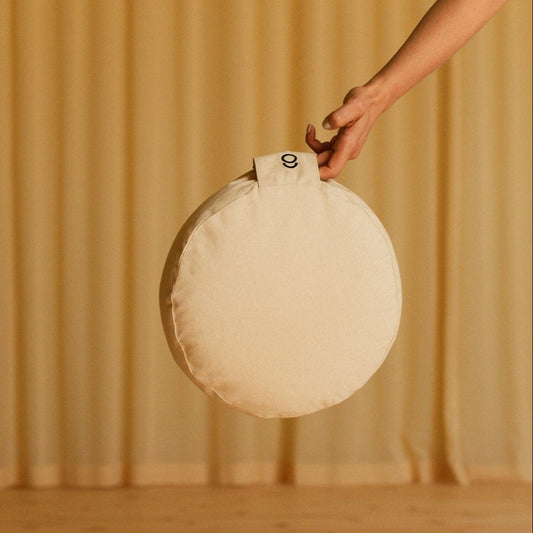Meditation, a term often misunderstood and clouded with misconceptions, has a rich history that spans thousands of years and transcends religious boundaries. While some may associate it with esoteric rituals or the psychedelic '60s, meditation is a practice that predates even the oldest of world religions, dating back to ancient civilisations. If you are wondering what meditation is and later learn how to meditate, this article and our other resources can help with that.
The Ancient Origins of Meditation
Archaeologists unearthed evidence of meditation in wall art dating from approximately 5,000 to 3,500 BCE in the Indus Valley, suggesting that meditation and yoga have ancient roots. Yoga, closely linked with meditation, is a holistic life philosophy encompassing not just physical postures but also mental and spiritual aspects. The Yoga Sutras of Patanjali, written around 400-100 BCE, delineate the eight limbs of yoga, with meditation (Dhyana) as the seventh limb. These ancient practices paved the way for meditation's incorporation into various world religions, including Hinduism, Buddhism, and Jainism.
It's important to note that while meditation is closely associated with religious traditions, it doesn't impose any religious beliefs on practitioners. Meditation is a tool for cultivating inner peace and awareness, accessible to people of all backgrounds and beliefs.
Meditation Goes Global
In the late 1960s, meditation gained recognition in the West when The Beatles visited India to learn Transcendental Meditation. This cultural moment sparked interest in meditation, particularly in the United States and Europe. Over 50 years later, meditation is back in the spotlight, often used for relaxation during yoga classes and as guided meditations.
Meditation vs. Contemplation: Understanding the Differences
Meditation and contemplation, often used interchangeably in Western culture, are distinct practices with unique goals. Contemplation delves into specific topics or feelings, seeking deep understanding. It can be religious or secular and serves as a means to explore life's complexities.
So, What Exactly Is Meditation?
Meditation is a secular practice focused on cultivating present-moment awareness. Unlike contemplation, it doesn't aim to analyse or understand specific concepts. Instead, meditation trains the mind to be fully present, letting go of unnecessary thoughts and distractions. It's about achieving mindfulness and centeredness, not seeking extraordinary experiences or vivid fantasies.
The Essence of Meditation
Meditation involves training the mind to become one-pointed and inwardly directed. Its goal is heightened awareness, leading to inner peace and joy. In a world filled with distractions, meditation helps us master the art of focus, moving beyond the restlessness of fleeting thoughts and desires.
Learn how to meditate here or check out my book "Calm Your Mind. The Art & Science of Meditation". It is a beginner's guide!
A Transformative Journey
In essence, meditation is not about aimless wandering of the mind or seeking a drug-induced high. It's a distinct practice with a clear purpose – enriching lives, fostering self-awareness, and unlocking creativity. By embracing meditation, we embark on a transformative journey, discovering tranquility, clarity, and mindfulness in our daily lives.
In a world of noise and constant digital distractions, meditation offers a sanctuary for self-discovery and inner peace. It's a practice that transcends cultural and religious boundaries, inviting individuals to explore the depths of their consciousness and find harmony amidst life's chaos.












